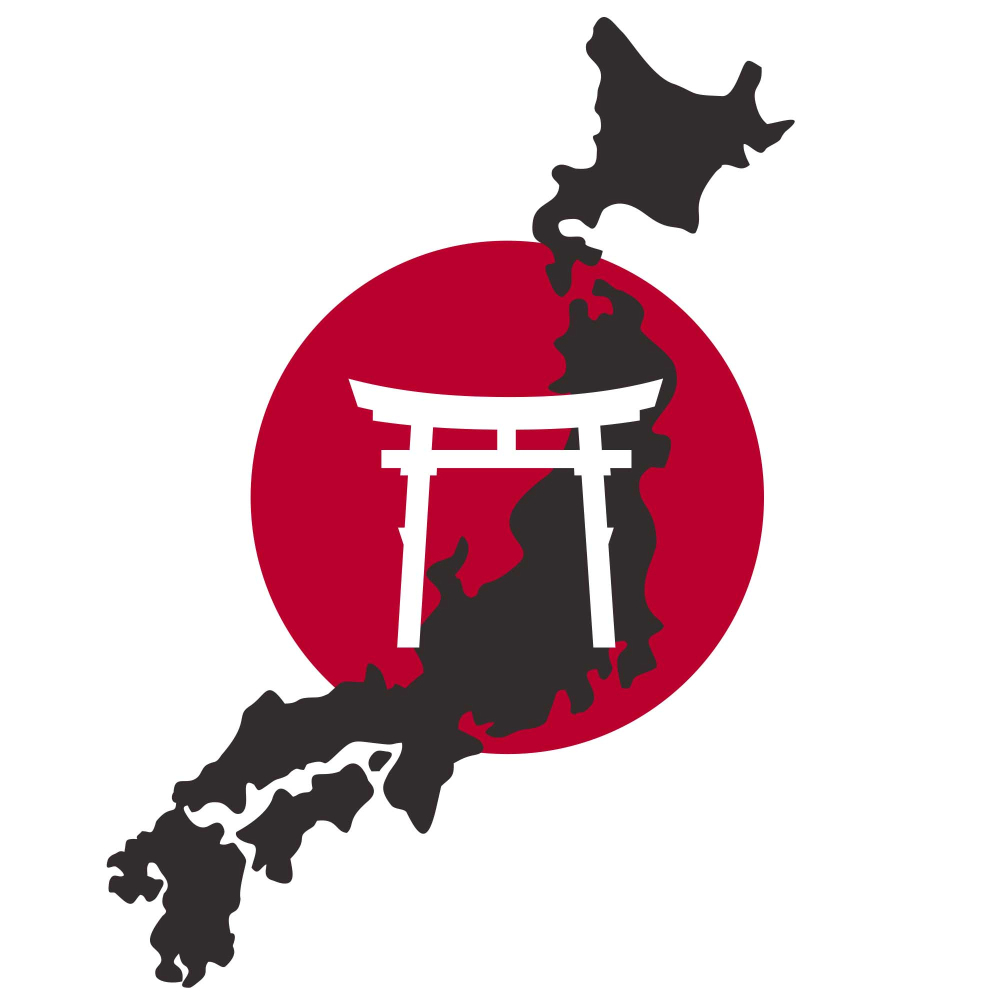
Religion can take on many forms. Our ancestors worshiped one god, many gods, royalty, and even nature itself. As Japan’s oldest faith, Shinto plays an important role in the nation’s history. It’s a journey from folk spirituality to imperial religion to a modern religion encompassing a wide range of traditions.
By Any Other Name
The Encyclopedia Britannica describes Shinto as the country’s indigenous religious beliefs and practices. Yet the word “Shinto” didn’t originate in the Japanese language. Dictionary.com reveals that it comes from the Chinese term “shên tao,” in which “shên” translates as “gods” and “tao” means “way” or “path.” Shinto is also called “kami no michi,” which means “way of the gods.” Others call it “kannagara no michi,” which can be translated as “according to the will of the gods.” You may also see it called “Kodō”–“the ancient way.”
Folk Religion in Ancient Japan
If you go looking for Shinto’s founder, prophets, or a single canon of scriptures, you’re not going to find them. The Ancient History Encyclopedia explains that ancient Japanese people practiced ancestor worship, shamanism, and animism. Ancestor worship venerates deceased forebears, placing importance on proper reverence and their ability to influence carnal affairs. Shamans use many techniques, including traces and altered states of consciousness, to communicate with the spirit world and gain assistance.
Animism is the belief that everything in the natural world possesses a soul: rocks, trees, animals, elements, and even the weather. Kami, or energies that inhabit aspects of our physical universe, are a primary concept in modern Shinto religion. While they aren’t divine or infallible, kami play an important role in Shinto practices today.
Organizing an Indigenous Faith
It wasn’t until the fourth century B.C. that these practices were incorporated into any sort of recognized religion. Over the next few centuries, the archipelago’s clans and regions slowly unified into a nation. During the eighth century C.E., two major texts were composed: the Kojiki, a “Record of Ancient Things,” and the Nihon Shoki, the “Chronicle of Japan.” Together, these works describe an “age of gods.” After creating and ruling the universe, the gods withdrew to allow humanity to govern itself. The texts also claimed that the imperial family descended from the gods. Three other writings offer an inside look into early Shinto beliefs:
- Manyoshu – a poetry anthology written around 760 C.E.
- Fudoki – a collection of local histories commissioned in 713 C.E.
- Engishiki – a tenth-century compendium of laws, prayers, and rituals
Shinto Schools and Sects
Just as other religions developed different denominations, several sects developed within Shinto. They’re broadly classified into three major divisions. The first of these, Shrine Shinto, formed after the original State Shinto was abolished following World War II. BBC Religions explains that this sect focuses on worship in public shrines, especially those formerly administrated by the government that organized into the Association of Shinto Shrines.
Originating during the nineteenth century, Kyoha Shinto developed into 13 different sects. According to the Encyclopedia Britannica, they’re grouped by their primary beliefs and practices. Some, like the Misogiko, focus on purification. Groups such as Shinto Shusei-ha are influenced by Confucian principles. Others are mountain-worship, revivalist, or faith-healing groups.
The third major group, Folk Shinto, encompasses traditional practices in Japanese homes and hometown shrines. It has no formal organizational structure, dogma, or religious hierarchy. Folk Shinto often includes veneration of local kami, unique rites of passage, and village festivals.
Beliefs That Helped Shape a Nation
Shinto isn’t as familiar to Westerners as Buddhism or Hinduism, but millions of people engage in some form of it every day. Like many other faiths, it focuses on unseen forces that affect our material world. It also offers a diversity of beliefs and practices. With so many options, believers use unique ways to find meaning in their lives.

